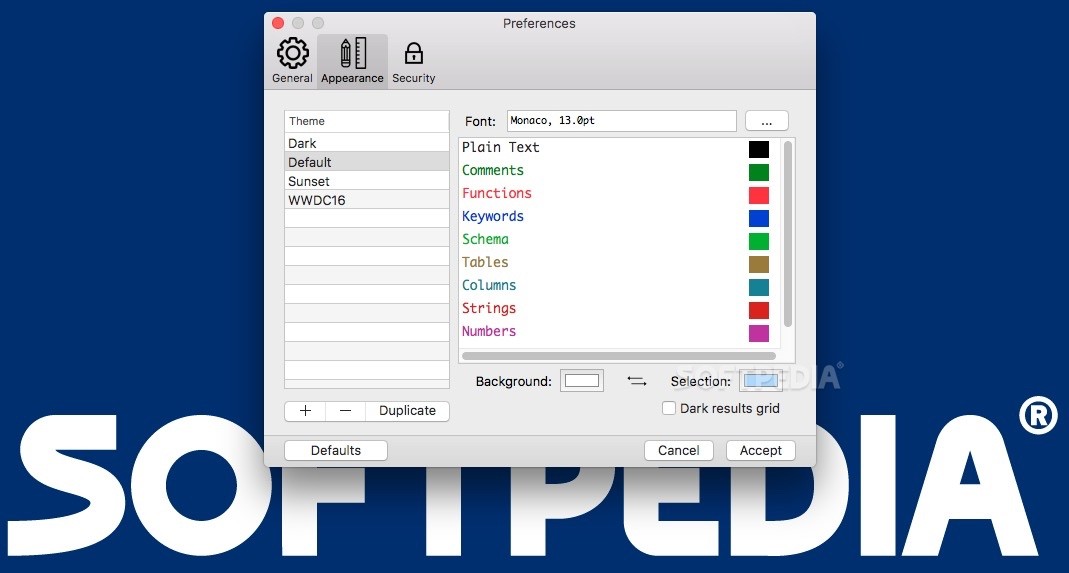Before you report a bug, please make sure to do the following:
- Use the search form or the advanced search page to make sure nobody has reported the bug already.
- Make sure you are using the latest production version if similar bugs have recently been fixed.
- Read our tips on how to report a bug.
Run Mysql In A Container
MySQL Community Edition is a freely downloadable version of the world's most popular open source database that is supported by an active community of open source developers and enthusiasts. MySQL Cluster Community Edition is available as a separate download.
Once you've double-checked that the bug you've found hasn't already been reported, and that you have collected all the information you need to file an excellent bug report, use the bug reporting page.
- Page generated in 0.012 sec. Using MySQL 8.0.23-commercial Content reproduced on this site is the property of the respective copyright holders. It is not reviewed in advance by Oracle and does not necessarily represent the opinion of Oracle or any other party.
- Step 1: Run the.sql script. Using the MySQL Query Browser, connect to your MySQL Server. From the Schemata panel, select the database you intend to add the new database table to. Choose File > Open Script. Navigate to the.sql file you wish to import. Confirm that the new database table appears in the Schemata panel.
How To Run Mysql In Macos
To submit code contributions, attach them in the Contributions tab of the applicable bug report.
You can search all of the bugs that have been reported on our advanced search page, or the search form on this page.
You can subscribe to the results of any search using the 'Feed' link that can be found on the search result page.
Run Mysql Mac Command Line

Run Mysql In Mac Terminal
This bug-tracking system is based on the bugs.php.net bugs system, originally written by Rasmus Lerdorf. Some of the icons come from Silk Icons by Mark James.
